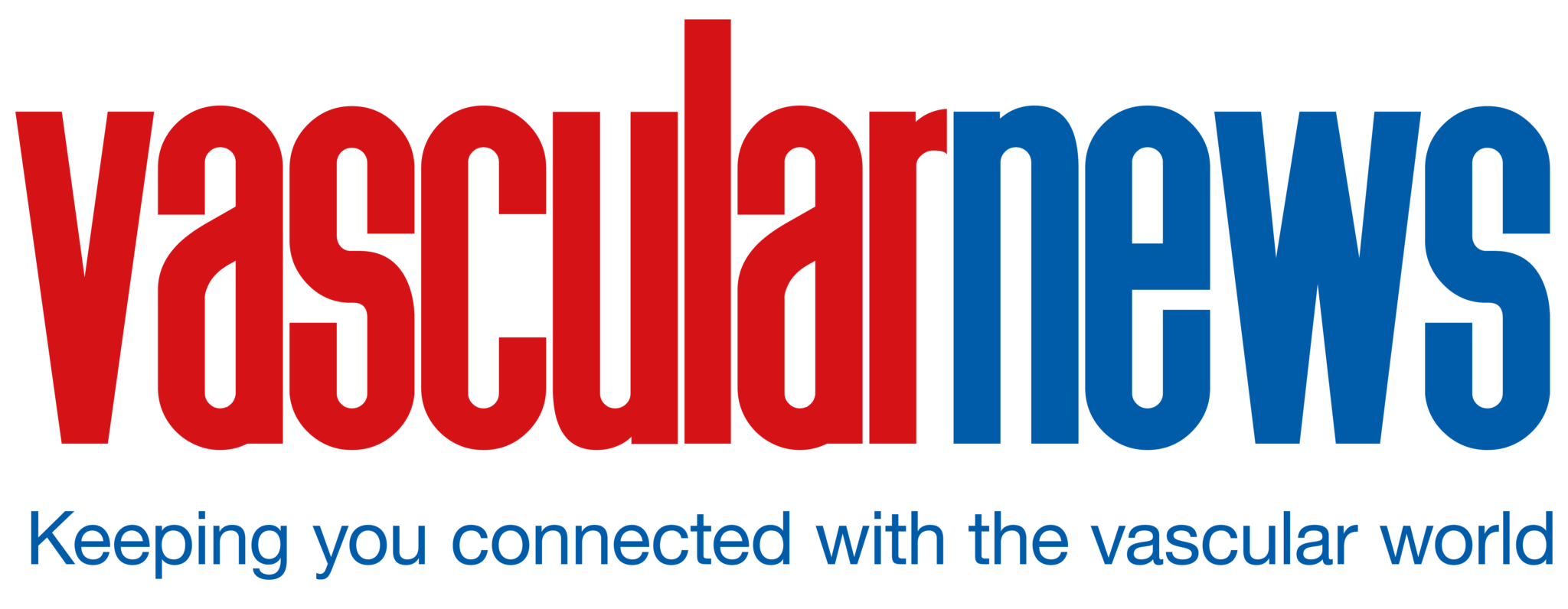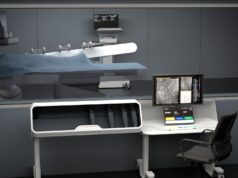 Against the backdrop of an ageing population and increasing demand for complex endovascular aortic solutions, Santi Trimarchi (Fondazione IRCCS Cà Granda Ospedale Maggiore Policlinico, Milan, Italy) and a global team of experts recently authored a consensus statement on ascending thoracic endovascular aortic repair (aTEVAR).
Against the backdrop of an ageing population and increasing demand for complex endovascular aortic solutions, Santi Trimarchi (Fondazione IRCCS Cà Granda Ospedale Maggiore Policlinico, Milan, Italy) and a global team of experts recently authored a consensus statement on ascending thoracic endovascular aortic repair (aTEVAR).
The statement has been published as part of the new European Society for Vascular Surgery (ESVS) consensus statement programme, which aims to standardise and strengthen the process for publishing expert opinion-based recommendations in areas of clinical practice where evidence is lacking. The framework was recently formalised by Chris Twine (University of Bristol, Bristol, UK) and Anders Wanhainen (Uppsala University, Uppsala, Sweden) in the European Journal of Vascular and Endovascular Surgery (EJVES).
The aTEVAR statement includes recommendations on patient selection, procedural strategies, and postoperative management among other areas. “By addressing key topics such as landing zones, stent graft sizing, risk assessment, and adjunctive procedures, this document aims to guide clinical practice, improve patient outcomes, and enhance procedural safety,” Trimarchi and colleagues write in the paper.
Highlighting one of the key reasons why aTEVAR was selected as a topic for the first official ESVS consensus statement, Trimarchi, speaking to Vascular News following the open-access publication of the statement in EJVES, notes a growing interest in this niche area. “The data are limited, but the observational evidence we do have shows that a large number of aortic lesions are being treated with aTEVAR,” he says. Trimarchi also highlights growing interest in aTEVAR from industry.
Behind these factors, Trimarchi continues, is an ageing population in need of new aortic technologies. “Twenty years ago, the mean age of patients who had a type A dissection was about 70, 72 years of age; now, it’s shifting towards 80,” he points out. Trimarchi adds that with age comes fragility and that aTEVAR “offers these patients a chance”.
“Our aim was to try to give a framework to a topic that many people are discussing, and it was a chance to highlight the state of the art and figure out how we can move forward,” Trimarchi summarises.
“I hope the document reinforces that you can’t start doing these very difficult, novel procedures in isolation” — Chris Twine
A lack of evidence, however, necessitates caution. This is a point stressed by Twine and Jonathan R Boyle (University of Cambridge and Cambridge University Hospitals NHS Trust, Cambridge, UK) in an editorial accompanying Trimarchi and colleagues’ paper in EJVES. Speaking to Vascular News, Twine emphasises the “truly novel” nature of aTEVAR and the fact that “very few units are doing it at the moment”. With this in mind, he stresses the importance of “trying to harmonise” all aspects of care around the procedure and avoid “outlying practice” at this stage—which the consensus statement aims to achieve. “I hope the document reinforces that you can’t start doing these very difficult, novel procedures in isolation,” Twine remarks, stressing that “there needs to be an experienced multidisciplinary team in place, careful patient selection and consent and ideally the use of a framework for implementation of new procedures.”
Future projects
Trimarchi and colleagues’ publication is set to be the first of many to be published within the new ESVS framework, with several other statements in the works.
Due to be published in 2026 is a consensus statement from Isabelle Van Herzeele (Ghent University Hospital, Ghent, Belgium) and colleagues on the management of women vascular patients. “The consensus document on women has already become a larger document than initially anticipated,” Van Herzeele shares with Vascular News. Specifically, she notes that the paper will include several subtopics including the representation of women in vascular research, the need for a diverse healthcare staff representing the target vascular population including women, and differences in treatment outcomes and postoperative management between men and women.
Looking ahead, Van Herzeele points to some of the longer-term goals of the document. “Women are still underrepresented in vascular research and often if women are treated within a study population, sex-stratified reporting is not available, making it almost impossible to analyse the results,” she says. “Therefore, we hope that this ESVS document will ensure that women with arterial disease are not only increasingly included in prospective trials, but that sex differences are considered in the design of future trials and that sex-stratified reporting of the primary outcome is becoming the norm. This will be crucial, allowing healthcare workers to treat women with vascular disease using evidence-based medicine and have an impact in the long term on the quality of care of women with vascular disease.”
Paediatric vascular surgery will be the topic of a later consensus statement, set to be authored by Kevin Mani (Uppsala University, Uppsala, Sweden) and colleagues.
Mani tells Vascular News that, while rare, paediatric vascular complications represent a “dreaded” situation amongst vascular surgeons. “Our aim is that the consensus statement will be a clinically useful tool for vascular surgeons who encounter paediatric complications or acute vascular situations,” Mani says. He goes on to highlight the importance of clinicians having “basic recommendations on how to manage different situations” available, in this area and others lacking sufficient evidence to warrant guidelines.
Mani also notes that part of the statement will identify areas for future research that will “hopefully establish a baseline for collaborative data collection to shed more light on remaining questions”.
Avoiding “eminence-based” surgery
Considering the new consensus statements more generally, Mani notes a key challenge in that there is a risk of moving away from evidence-based and towards “eminence-based” vascular surgery if the line between expert consensus and clinical practice guideline is blurred. However, he is confident the new framework addresses this concern. “The process of establishing the consensus group and actually doing the work of reaching a consensus for the recommendations that are provided is important,” he says, noting “there are processes in place to ensure that the group is diverse along lines of geography and discipline”.
On this point, Twine is keen to stress that one of the main reasons behind publishing an editorial outlining the new process was to be clear about the statements’ role in vascular practice and “be upfront” about what the guideline writing committee is setting out to do and why with the new statements.
Van Herzeele remarks that the consensus statements hold a distinct place in vascular research and will “hopefully bridge a gap” by providing clinically relevant recommendations for areas of clinical practice that guidelines are unable to cover.
Mani is also confident that the statements will be a positive step towards best practice in areas lacking data and consolidate practice patterns. He remarks: “I believe what the consensus framework can achieve is, to some extent, harmonisation.”
For more information, visit esvs.org/guidelines.












